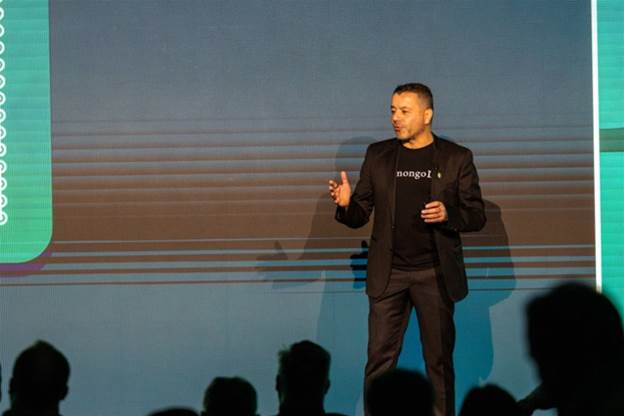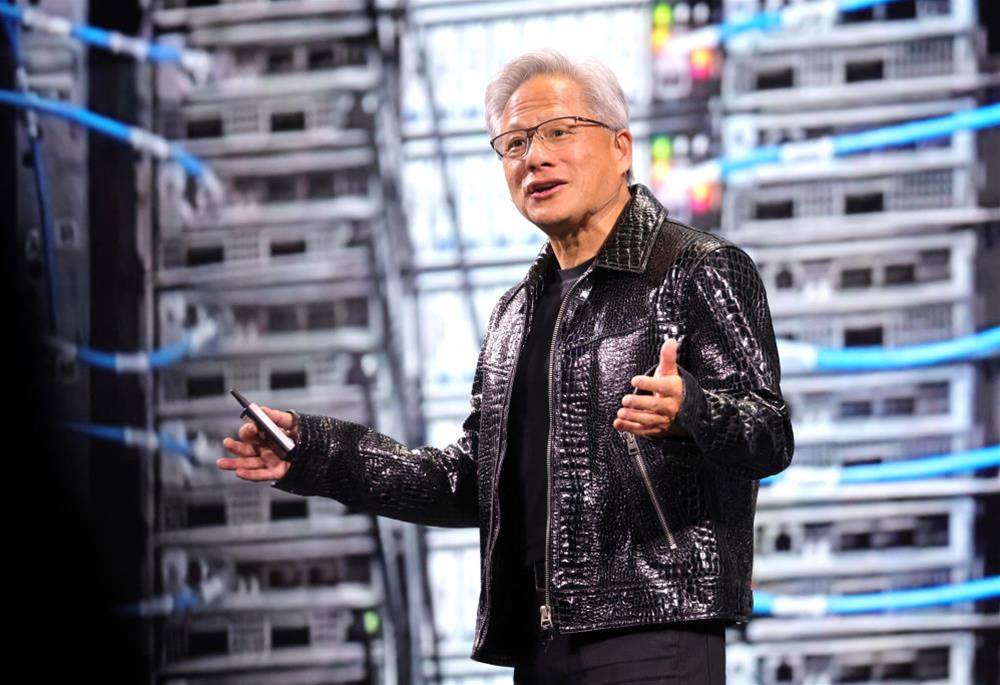The Iconic Revolutionizes Metadata Distribution with Gemini Models
We independently review everything we recommend. When you buy through our links, we may earn a commission which is paid directly to our Australia-based writers, editors, and support staff. Thank you for your support!
How The Iconic is Transforming Metadata with AI
Quick Read
- The Iconic harnesses Google’s Gemini AI models to manage over 200,000 product uploads every year.
- AI automates the metadata tagging process, eliminating manual tasks for over 300 products each day.
- Integration with Google Cloud BigQuery improves data management and search engine performance.
- Generative AI enhances product searching, recommendations, and overall customer satisfaction.
- Unique features include identifying customer-uploaded images to recommend similar products.
- The Iconic attracts more than 20 million visits to its website and mobile app each month.
Metadata Automation with Gemini
The Iconic, a top online fashion destination in Australia, is taking advantage of Google’s Gemini generative AI models to ease the challenging process of tagging metadata for product images. With over 200,000 new products added each year, the use of AI automates what was once a manual task, involving the tagging of over 300 items daily.
By leveraging Google’s Vertex AI, The Iconic ensures its product images are supplemented with comprehensive and precise metadata. This metadata plays an essential role in search engine optimisation (SEO), facilitating customers in locating products with greater ease through online searches.
Integration with Google Cloud BigQuery
The integration of Gemini AI models aligns with a broader technological strategy by The Iconic, which encompasses the incorporation of Google Cloud BigQuery into its operations. This data framework integrates effortlessly with Google Workspace, providing The Iconic with a strong infrastructure to organise and analyse its extensive product catalogue.
By fusing sophisticated analytics with AI-powered automation, The Iconic has enhanced employee productivity and improved the accuracy of its search capabilities. This synergy facilitates quicker product upload times and an enhanced user experience for its customers.
Enhancing Customer Experience with AI
Generative AI influences not only backend efficiency but also significantly enhances customer satisfaction. The Iconic’s AI-enabled search and recommendation functionalities enable shoppers to swiftly discover products that align with their preferences. With over 20 million monthly visits to its digital platforms, optimising the customer journey is essential for the retailer.
Chief Technology Officer Adam Cox remarked, “These AI advancements represent a significant leap in how we connect every one of our customers to the products and styles that best fit their tastes from our continuously growing inventory, ultimately boosting customer satisfaction and overall business performance.”
Innovative Features on the Horizon
Looking forward, The Iconic is crafting even more sophisticated features. A particularly exciting upcoming tool is an AI-driven application capable of recognising products from customer-uploaded photos and suggesting similar items available on the site. This innovation could significantly enhance the shopping experience by connecting inspiration with actual purchasing opportunities.
Summary
The Iconic’s incorporation of Google’s Gemini generative AI models showcases the transformative potential of artificial intelligence in the e-commerce sector. By automating metadata tagging, integrating advanced data frameworks, and improving customer experience with pioneering AI functionalities, The Iconic is setting new standards for online retail in Australia.
Q&A: Everything You Need to Know
Q: What is the primary aim of utilising Google’s Gemini AI models at The Iconic?
A:
The main goal is to automate the metadata tagging process for product images, streamlining the management of over 200,000 uploads every year.
Q: In what ways has AI enhanced operational efficiency at The Iconic?
A:
AI has taken over the manual tagging duties, saving time while increasing accuracy. This allows staff to concentrate on strategic tasks, thus boosting overall productivity.
Q: What role does Google Cloud BigQuery serve in The Iconic’s operations?
A:
Google Cloud BigQuery offers a robust data framework that integrates with The Iconic’s Google Workspace, facilitating advanced analytics and effective data management.
Q: How does generative AI enhance the shopping experience for consumers?
A:
AI-enhanced search and recommendation systems enable customers to swiftly find items that align with their interests, leading to improved satisfaction and engagement with the platform.
Q: What is the importance of identifying customer-uploaded images?
A:
This ability allows customers to upload images and discover similar products available on The Iconic, fostering a fluid and personalised shopping experience.
Q: What influence has AI had on The Iconic’s business performance?
A:
AI has positively impacted both customer satisfaction and operational efficiency, enhancing the company’s overall business outcomes.


















